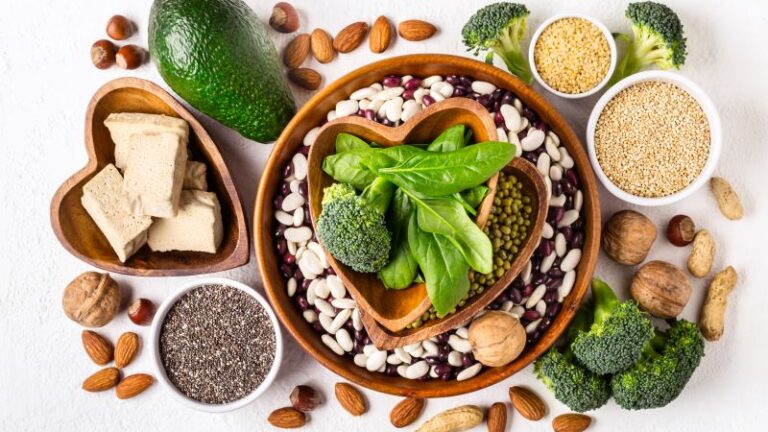Our nutritional needs undergo significant changes as we age. Maintaining optimal health and well-being in later life requires careful consideration of our dietary choices. To achieve and sustain physical and mental fitness, it’s crucial to prioritize nutrient-rich foods. A balanced diet, incorporating plenty of fruits, vegetables, lean proteins, and healthy fats, can help ward off chronic diseases and extend lifespan. By understanding the best foods for older adults, we can enhance overall quality of life and enjoy a happier, healthier old age.
- Specific Nutritional Needs: Delve deeper into specific nutrient requirements for older adults, such as Vitamin B12, Vitamin D, Calcium, and Protein. Explain why these are crucial and provide food sources.
- Hydration: Emphasize the importance of staying hydrated, especially for older adults. Discuss the signs of dehydration and how to prevent it.
- Meal Planning: Offer practical tips for meal planning, such as creating balanced meal plans, incorporating leftovers, and easy-to-prepare recipes.
- Dietary Restrictions: Address common dietary restrictions among older adults (e.g., allergies, lactose intolerance, diabetes) and provide suitable food alternatives.
- Cooking Safety: Offer tips on food safety for older adults, including safe food handling, storage, and preparation.
Table Improvement:
- Visual Appeal: Consider adding images of the listed foods to make the content more engaging.
- Nutrient Density: Include a column for additional nutrients (e.g., fiber, iron, potassium) to provide a more comprehensive overview.
- Serving Sizes: Specify serving sizes for each food item to help readers understand portion control.
Additional Sections:
- Common Nutritional Mistakes: Highlight common dietary errors made by older adults and provide solutions.
- Healthy Snacks: Suggest nutritious snack options for older adults to avoid unhealthy munching.
- Supplements: Briefly discuss the role of supplements in older adults’ diets, emphasizing the importance of consulting a healthcare professional.
Engaging the Reader:
- Personal Stories: Include anecdotes or testimonials from older adults who have benefited from improved nutrition.
- Interactive Elements: Consider adding quizzes or interactive tools to help readers assess their dietary habits.
Potential Titles:
- “Nourishing Your Golden Years: A Complete Guide to Optimal Nutrition for Seniors”
- “Eat Well, Age Well: Your Roadmap to a Healthier Later Life”
- “Fuel Your Future: Essential Nutrients and Delicious Recipes for Older Adults”
By incorporating these suggestions, you can create an even more informative and valuable resource for older adults and their caregivers.
Protein and Calcium Rich Vegetables
Top 10 Healthy Foods
Top 10 Healthy Foods
| Rank | Food | Key Nutrients | Health Benefits |
|---|---|---|---|
| 1 | Leafy Green Vegetables (Spinach, Kale) | Vitamins A, C, K, Iron, Calcium | Supports eye health, bone health, and immune function |
| 2 | Avocados | Healthy Fats, Fiber, Potassium | Heart health, weight management, blood pressure control |
| 3 | Berries (Blueberries, Raspberries, Strawberries) | Antioxidants, Vitamin C, Fiber | Anti-inflammatory, brain health, improved digestion |
| 4 | Salmon | Omega-3 Fatty Acids, Protein | Heart health, brain health, reduced inflammation |
| 5 | Whole Grains (Brown Rice, Quinoa, Oats) | Fiber, B Vitamins, Magnesium | Improved digestion, blood sugar control, energy |
| 6 | Nuts and Seeds (Almonds, Chia Seeds, Flaxseeds) | Healthy Fats, Protein, Fiber | Heart health, weight management, reduced inflammation |
| 7 | Yogurt (Plain, Greek) | Protein, Calcium, Probiotics | Bone health, gut health, muscle building |
| 8 | Eggs | Protein, Vitamins, Minerals | Weight management, eye health, brain health |
| 9 | Lentils | Protein, Fiber, Iron | Heart health, blood sugar control, weight management |
| 10 | Sweet Potatoes | Vitamin A, Fiber, Potassium | Eye health, digestive health, blood pressure control |
